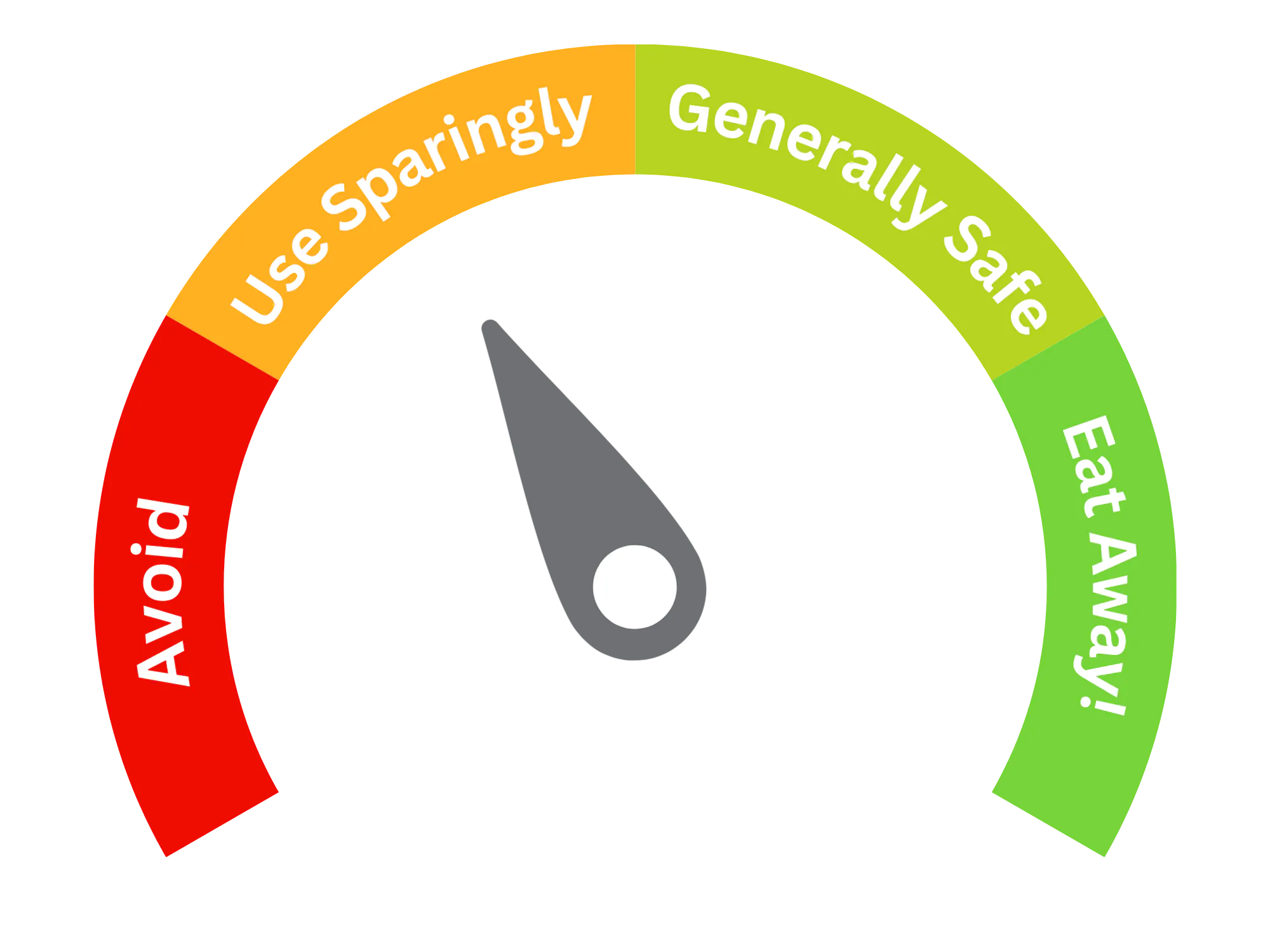Indigo Carmine (E132)
Purpose and Function
Indigo Carmine (E132) is a synthetic blue dye used in various food and beverage products to provide a deep blue color. It is commonly found in:
- Confectionery: Candies, jellies, and sweets frequently use Indigo Carmine for vibrant blue coloring.
- Beverages: It is used in soft drinks, syrups, and other flavored beverages for a blue hue.
- Dairy products: Some dairy-based products, such as ice creams and yogurts, may contain Indigo Carmine for color enhancement.
- Baked goods: Cakes, pastries, and other processed snacks also utilize this dye for visual appeal.
In addition to food, Indigo Carmine is used in pharmaceuticals and cosmetics, particularly in capsules, pills, and beauty products.
Potential Risks and Side Effects
Potential Risks and Adverse Effects
E132 is generally considered safe when consumed within regulated limits, but there are some concerns related to its potential side effects:
- Allergic reactions: Some individuals may experience allergic reactions, particularly those sensitive to synthetic colorants. Symptoms can include skin rashes, swelling, and respiratory issues.
- Hyperactivity in children: Like many artificial dyes, there are concerns about Indigo Carmine contributing to hyperactivity in children, though the evidence is not conclusive.
- Digestive discomfort: In some cases, high consumption of products containing Indigo Carmine may lead to mild digestive discomfort.
- Regulatory approvals: While approved for use in food products in many regions, including the European Union and the United States, the use of Indigo Carmine (E132) is regulated to ensure safe consumption levels.
Despite these potential risks, it is widely used in the food industry and is considered safe when consumed within the recommended limits.

